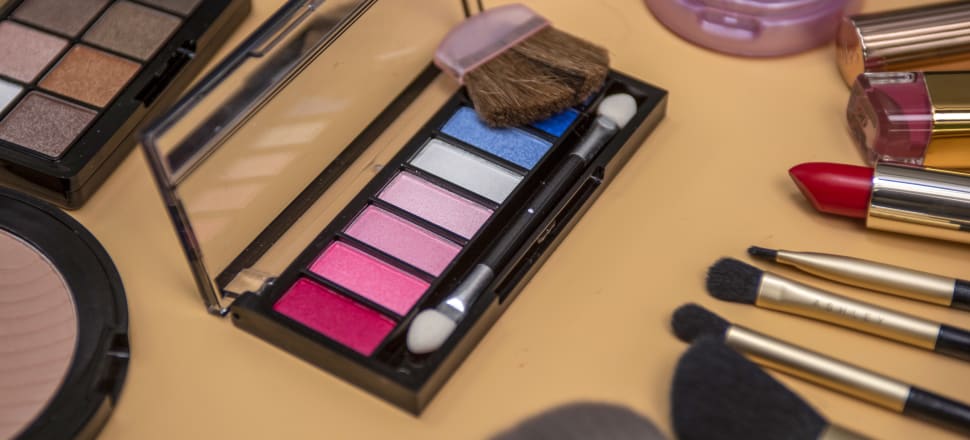
PFAS in cosmetics enter the environment through the water we drink, the food we eat, and the air we breathe
Opinion: New Zealand’s Environmental Protection Authority (EPA) has proposed a ban on the use of per- and polyfluoroalkyl substances (PFAS) in cosmetics as part of its update to the Cosmetic Products Group Standard. This move is a significant step towards reducing exposure to PFAS, ‘forever chemicals’ that have been linked to adverse environmental and human health problems.
New Zealand's EPA’s initiative, coupled with the proposed stringent drinking water regulations on PFAS by the US Environmental Protection Agency, has put PFAS again in the spotlight regionally and globally.
These artificial chemicals have been used in thousands of industrial and consumer products since the 1930s because of their unique properties, such as resistance to water, oil, and heat. The widespread presence of these chemicals in the environment and their persistent, mobile, and bioaccumulative nature make them a significant concern. As 'forever chemicals' implies, they don’t break down easily. Moreover, several studies have linked PFAS exposure to health problems such as immune system dysfunctions, cancers, thyroid diseases and developmental problems in children.
The use of PFAS-containing products in our daily lives is a growing concern because of the increased risk of our exposure to these chemicals. One of the driving factors behind the current proposal was a recent study conducted in North America that found roughly a half of cosmetics contain PFAS – mainly mascara, foundation, and lipstick – in which PFAS are used to improve product durability and texture.
READ MORE:
* Time for NZ to act on ‘forever chemicals’
* NZ streams teeming with pesticides
* The toxic mile
Though human exposure via the daily use of cosmetics is likely low, secondary exposure to PFAS used in cosmetics can occur once those are washed off our faces and enter the environment through the water we drink, the food we eat, and the air we breathe.
However, their use is not only restricted to cosmetics. Because of their water-, grease- and stain-resistant properties, PFAS are also commonly used in other consumer products such as food packaging, non-stick pans, and waterproof and stain-resistant textiles such as jackets and carpets. Like cosmetics, these chemicals are released into the environment through the daily use of such non-essential items containing PFAS.
By restricting PFAS use not only in cosmetics but also in other non-essential items, we will reduce the addition of these chemicals to our environment and protect our health
About 75,000 tonnes of these long-lasting chemicals are released annually into the environment. This is a fraction of the million tonnes of PFAS used in various products yearly. The primary industries using PFAS are the textile, upholstery, leather, apparel, and carpet industry. If we continue with such unrestricted use, by 2050, several million tonnes of PFAS will be entering our environment every year, contaminating our air, food, and water.
Indeed, our recent water monitoring study confirmed that even though we don’t have a PFAS manufacturing industry in New Zealand, PFAS can be measured at all stages of the water cycle here, from wastewater to drinking water. Even though the aquatic concentrations in New Zealand were low compared with other countries, the numbers are still concerning because PFAS bioaccumulate and biomagnify; they build up in our bodies, environment, and food web.
Although some products, such as cosmetics, without PFAS may not last as long, consumer awareness and growing legislation can drive researchers and industries to identify alternative substances that provide similar benefits while avoiding the drawbacks of PFAS.
It is important as a consumer to know your products’ ingredients, minimise the use of PFAS-containing products, and buy from trusted companies. The good news is that the world, and regulators in New Zealand in particular, are taking initiatives to regulate chemicals of high concern so that the products we use daily will become much safer.
The current proposal by New Zealand EPA is a welcome initiative and certainly a step in the right direction. However, we should not forget that it is just the first step. By restricting PFAS use not only in cosmetics but also in other non-essential items, we will reduce the addition of these chemicals to our environment and protect our health.
Such restrictions will also encourage manufacturers to find safer alternatives to PFAS, leading to a more sustainable and healthy future. Indeed, the European Union is discussing a complete ban on non-essential uses of PFAS, not only for cosmetics but also for uses such as non-stick pans and waterproof jackets.
By taking such a proactive approach New Zealand would further demonstrate its commitment to environmental leadership and stewardship.







